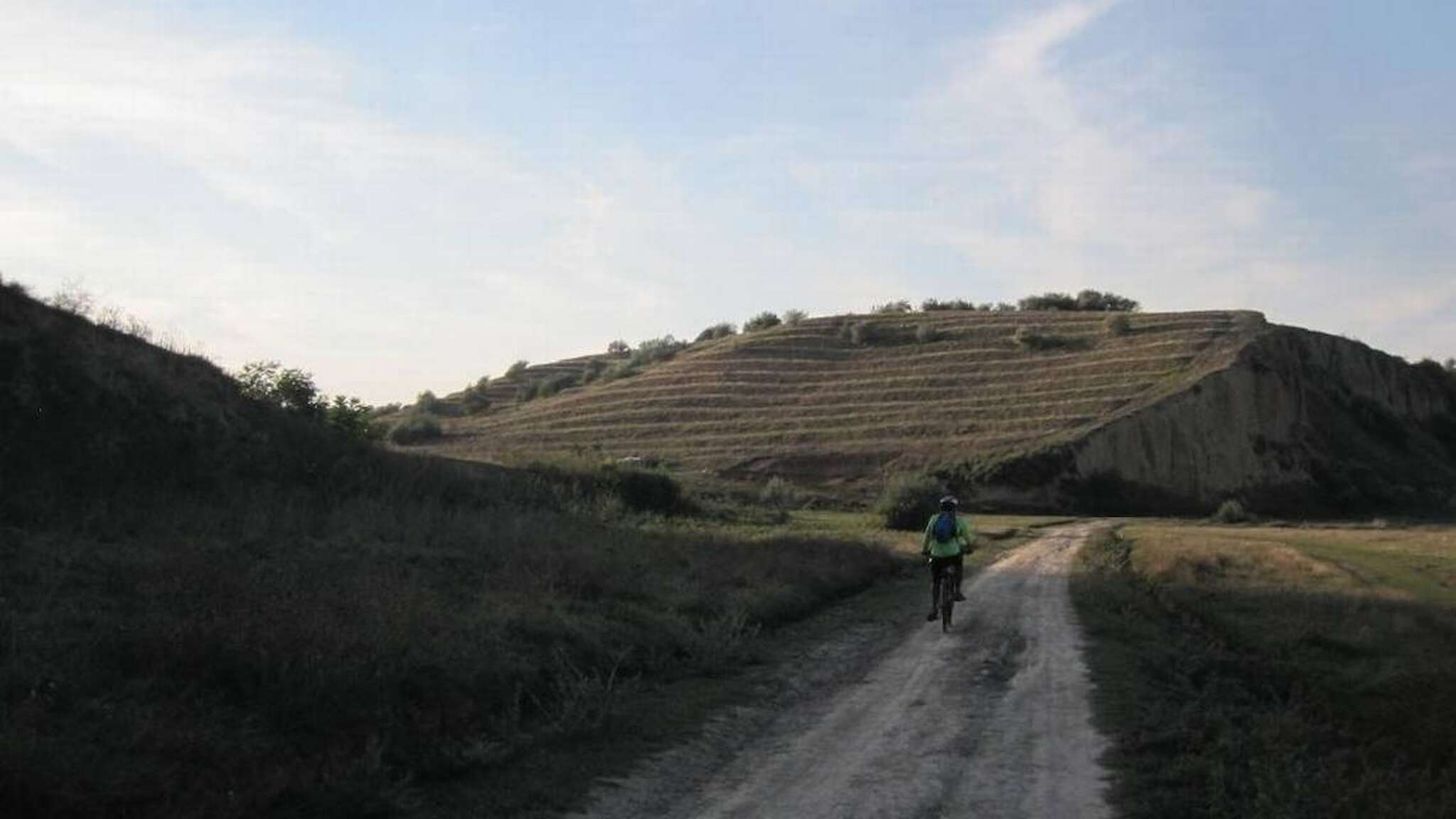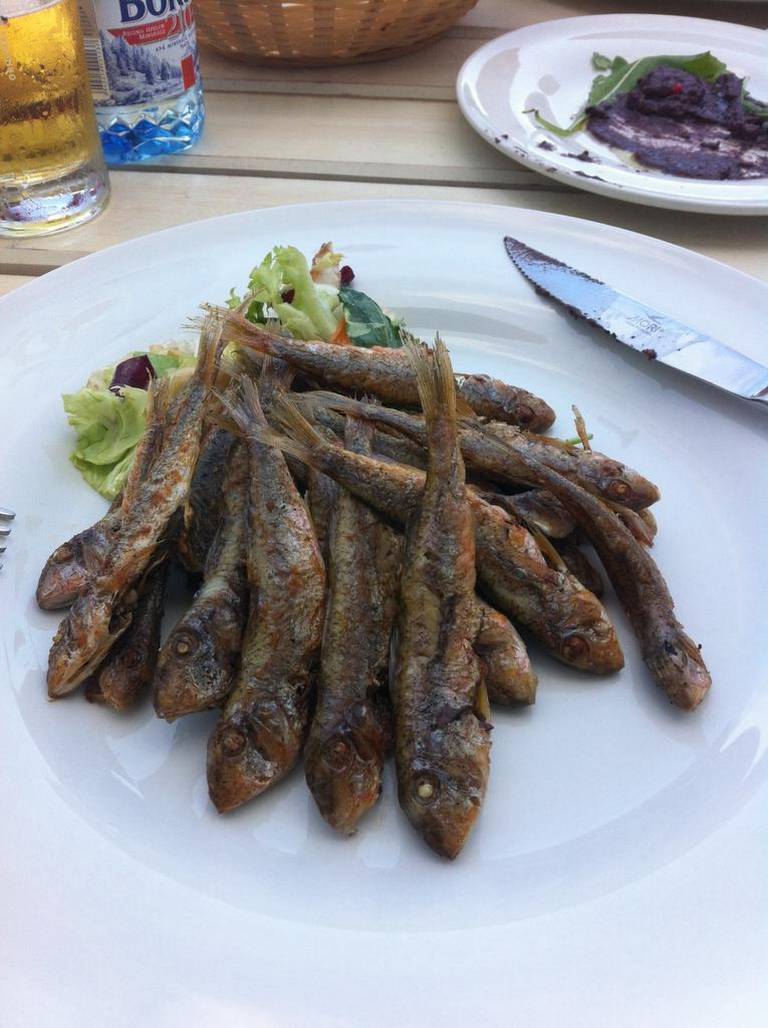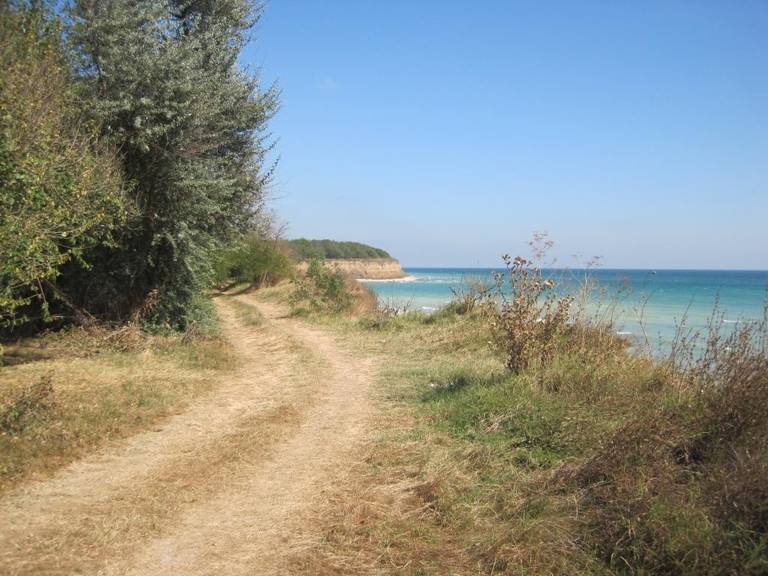

This article was written by Jacalyn Carfagno and published in the Lexington Herland Leader in 2016. She cycled the Danube River and Back Sea tour.
When I told people I was going on a cycling tour in Bulgaria, they often reacted as if I’d just recited the punch line to a joke they didn’t quite understand.
In truth, I wasn’t quite sure where I was going or why, or what I would find when I got there. Bulgaria, for this child of the Cold War, sounded more like a place of exile than a tourist destination.
No need to delve deeply into my personal journey, but suffice it to say that at a certain age, I’d decided I needed to go places I hadn’t been. Bulgaria fit the bill, and the description of the Danube River and the Black Sea [tour] stirred my imagination and fit both my schedule and my budget.
So I went. And I’m glad I did.

In seven days of cycling about 30 to 35 miles a day, two of them in southern Romania, we covered about 3,000 years of history, rolled by thousands of acres of extraordinarily rich farmland, got a feeling for the might of the Danube and the allure of the Black Sea. We ate figs, apples and plums off the tree, tomatoes and peppers off the vine, and goat cheese fresh from the hands of the woman who made it. We had a succession of excellent meals informed by the Romans, Greeks and Turks who had come through and the abundant local produce and seafood.

Our guides were Deyan Kateliev and Vladimir Yurukov, two of the four partners who started Plateau Cycling eight years ago. Mostly, Deyan cycled with us while Vlad ferried our luggage from stop to stop in a van, often joining us for lunch.
Deyan, who lives in Varna, the Black Sea coastal city that is a hub for most of their tours, is [the tour operator’s] only full-time employee, the guy who not only does most of the riding during the summer but spends a lot of the off-season exploring routes, making local contacts, checking out restaurants and accommodations. His thorough preparation, and the wealth of knowledge and personal history both he and Vlad brought to the tour, made the week seem like a very active seminar on the history and culture — ancient and modern — of Eastern Bulgaria, with great food.
Bulgaria is in the middle of many things. It is where the Roman Empire separated east from west. For millennia, it has been a crucial juncture between northeastern Europe and Greece and Turkey. The Danube and the Black Sea linked it to a much wider world and made it strategically important for both trade and military control.
This history was evident as we cycled along the Danube and, later, on the Black Sea coast. Some tombstones have a distinctive “cap” carved on them to indicate that the deceased was a member of the Ottoman guards. Roman ruins are common, and fort Medjidi Tabia near Silistra has separate rooms dedicated to the arms and uniforms of the various armies that came through. One occupant during the Russian-Ottoman wars was Leo Tolstoy. Looking at the swashbuckling garb, it is easy to imagine Vronsky and his cohort in the regiment.
Although the Soviets were unfriendly to both the Eastern Orthodox church and the Turks, both have a very strong presence. Eastern churches were common, as were mosques. In Dobrich, where we began our trip, we visited an Eastern church where a baptism was taking place. The priest blessed us, praying for a safe trip.

We rode through many villages occupied almost entirely by Muslim Turks who, after many generations in Bulgaria, spoke Turkish. One day we took a short detour to the place where the 1774 treaty of Kucuk Kayanarca was signed, ending those battles and providing protection for Christians in the region. As we strolled through the park, a cavalcade of cars carrying a wedding party of Muslim Gypsies — yet another ethnic group in Bulgaria — arrived, horns honking, music playing, for a photo shoot at the fountain.
Toward the very end of the Soviet era, the Turks were forbidden from speaking Turkish and were ordered to change their names to a Bulgarian form. Many emigrated to avoid the restrictions, although after the fall of the USSR, some returned. Deyan remembered that a favorite teacher of his in school, and his pediatrician, were Turks who left during that time.
The Soviet occupation is evident in what you see — the dreadful, soul-killing architecture — and what you don’t see in a depopulated countryside. Attempts to collectivize and industrialize the countryside took a huge toll on the small-farm culture. Now the only remnants are hulking, abandoned buildings and some of the pieces from them that have been repurposed in buildings and fences.
The term “Bulgarian diaspora” is widely used to describe the hundreds of thousands who left after the fall of the Soviet Union in 1989 to work or study abroad. That out-migration increased when Bulgaria joined the European Union in 2006, providing easy access to work and study in other member countries.
This sounds depressing, but cycling through it was both a pleasure and a revelation. Although in the countryside the infrastructure to support tourism is limited, our guides worked hard to set routes that took us past fascinating sites — caves occupied by fifth-century monks; a cooperative distillery where people make rakia, a strong, clear liquor from plums and other fruit; Durankulak lake preserve, where people from all across the world come to see the red-breasted goose wintering — and led to acceptable lodging and dining.
For serious cyclists, our mileage was pretty mild, but we were on hybrid bikes and often were cycling on gravel or dirt roads and paths, so this wasn’t the gliding miles of riding a slim road bike on a nicely paved surface. Still, I think any reasonably fit person who trained for a couple of months could probably do fine on this trip. We stopped frequently, we always had plenty of water and energy bars, and there was the van if a ride was just too much.

Because we were on bicycles and not in a car or van, we could go to abandoned roads or paths along the Black Sea that you couldn’t reach in a car. We could stop when a view demanded a photo, a cemetery needed exploration or a roadside fig tree offered ripe fruit. I love the pace of cycling for taking in a landscape. And I loved the landscape and culture I found while cycling in Bulgaria.
Want to go?
Getting there: Getting to Varna, where our tour began and ended, can be a challenge from the United States. Plan on two days. There are daily flights between Sofia, the capital, and Varna.
Sofia: I spent only one jet-lagged night there, but I would happily revisit this beautiful city. Don’t miss Sofia Free Tours, Freesofiatour.com, which offers English-language tours twice daily that last about two hours. Mine was great. They are free, supported only by the tips you choose to pay.
Price: Seven-day trip, including lodging, van support, breakfast and often lunch: About US$1,300. Bulgaria is pretty inexpensive, and a good dinner with wine rarely cost more than US$20.
Language: Bulgarian, as Wikipedia notes, has “several characteristics that separate it from all other Slavic languages,” and, of course little in common with either English or any of the Romance languages. In the cities, it was always possible to find someone who spoke English. In the countryside that’s a much greater challenge.
More details for the Danube River and Back Sea tour >
Client profiles, Bulgaria, Danube